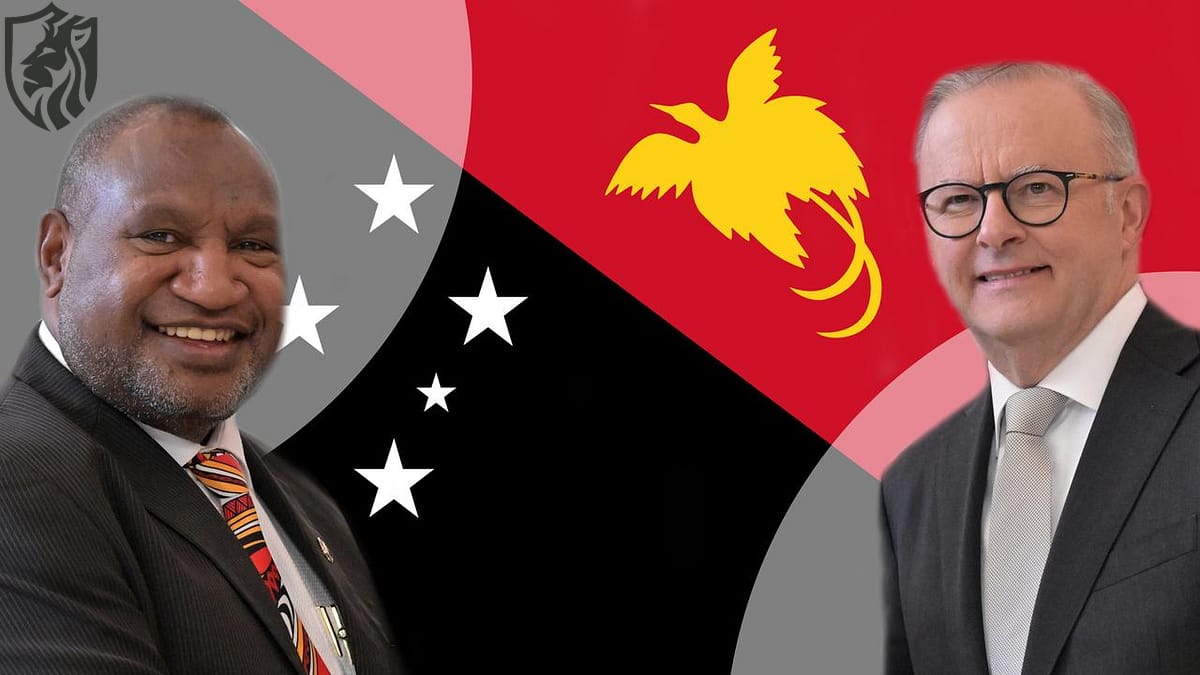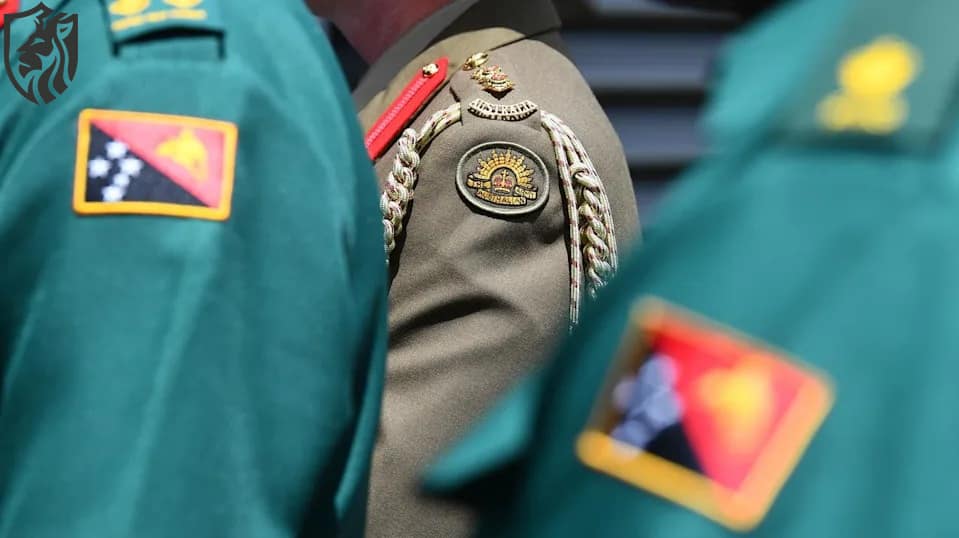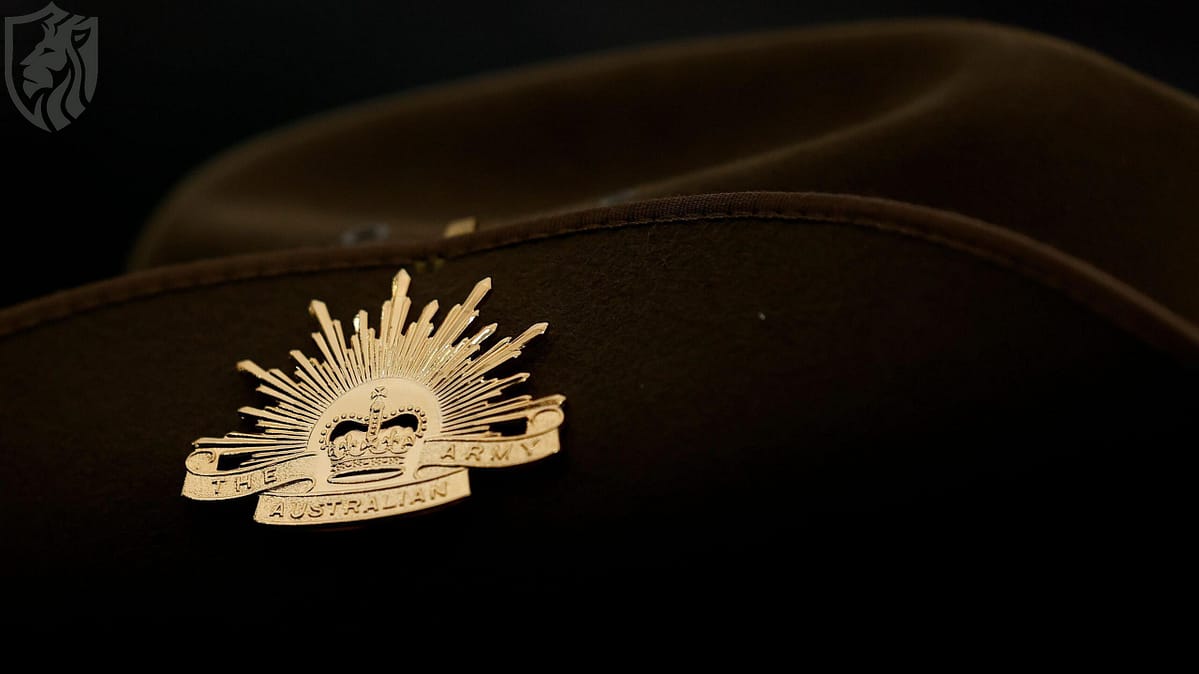
Pukpuk Treaty: Australia – PNG Defence Deal
Why the Australia–PNG defence deal matters
The Australia–PNG defence deal—the Pukpuk Treaty—elevates a decades-long partnership into a modern security compact. It grants Australia access to Papua New Guinea’s military facilities and deepens operational integration so both countries can respond rapidly to regional threats. Crucially, the pact states that an armed attack on either country “would be dangerous” to the other’s security, compelling coordinated action.
Strategic intent and regional signaling
While leaders frame the treaty as an extension of trust, the Australia–PNG defence deal clearly signals to external actors that the Pacific’s security architecture is consolidating. Beijing’s widening footprint—from commercial infrastructure to police deployments—has worried regional capitals. Therefore, Canberra and Port Moresby are developing a credible deterrent that enhances broader Pacific partnerships without hindering economic ties.
Access, integration, and force design
Under the Australia–PNG defence deal, both Australian and Papua New Guinea (PNG) forces gain reciprocal access to military bases, training ranges, and logistics hubs. Planners can coordinate deployment timelines, communications, and sustainability—key to any island-hopping operation. M Moreover, the treaty enhances cooperation in cyber and electromagnetic warfare, thereby strengthening situational awareness and fortifying networks against intrusion.

People power: recruitment and pathways
A practical dimension of the Australia–PNG defence deal is manpower. Up to 10,000 Papua New Guineans may serve in Australia’s military, with pathways available for residency and potentially citizenship. In Australia, the offer helps relieve recruiting pressure in specialised roles. For PNG’s youth, it offers training, stable careers, and portable skills that can eventually uplift the PNG Defence Force (PNGDF) itself.
Annual exercises and interoperability
The treaty institutionalised annual joint exercises to demonstrate readiness. These drills, enabled by the Australia–PNG defence deal, test command-and-control, logistics, and rapid deployment across dispersed islands. C Subsequently, both militaries improve shared tactics, techniques, and procedures and validate how quickly they can move from planning to action under time pressure.
Balancing partnerships and sovereignty
PNG’s policy line—“friends to all, enemies to none”—remains the guiding principle. The Australia–PNG defence deal does not prevent trade with China or any other country. However, it clarifies that Australia is PNG’s “security partner of choice.”. That balance preserves sovereignty while reducing ambiguity: Port Moresby keeps diverse economic options but anchors its hard-security posture with a trusted neighbour.
Regional context: competing compacts
Over the past three years, multiple agreements have significantly reshaped the Pacific landscape. China’s security understanding with the Solomon Islands embeds police trainers and equipment. In response, Australia invested A$190 million to support policing and training in Honiara and agreed to a climate-security and business package with Vanuatu worth about US$328 million. In this evolving context, the Australia–PNG defence deal acts as a stabilising component within a hub-and-spokes network centred around Australia.

Capability uplift for PNG
The Australia–PNG defence deal modernises PNGDF through training pipelines, maintenance frameworks, and shared assets. Improved sustainment is just as important as new equipment in logistics operations. Moreover, integrated cyberdefense and spectrum management help protect critical infrastructure, from ports and airfields to data centres and communications backbones.
Domestic debate and risk management
Some PNG voices warn of costs and commitments. That scrutiny is healthy. The Australia–PNG defence deal must deliver clear benefits, such as stronger border security, improved disaster response capacity, and more skilled employment opportunities. Clear governance regarding basing rights, rules of engagement, and the status of forces will help manage political risk while maintaining public support.
The bottom line
The Australia–PNG defence deal enhances deterrence, accelerates interoperability, and invests in personnel. It aims to keep the Pacific peaceful by making response options faster, more credible, and more collective. If executed with care, the Pukpuk Treaty’s “bite” will come from disciplined planning, reliable logistics, and trained personnel—exactly what modern Indo-Pacific security demands.









